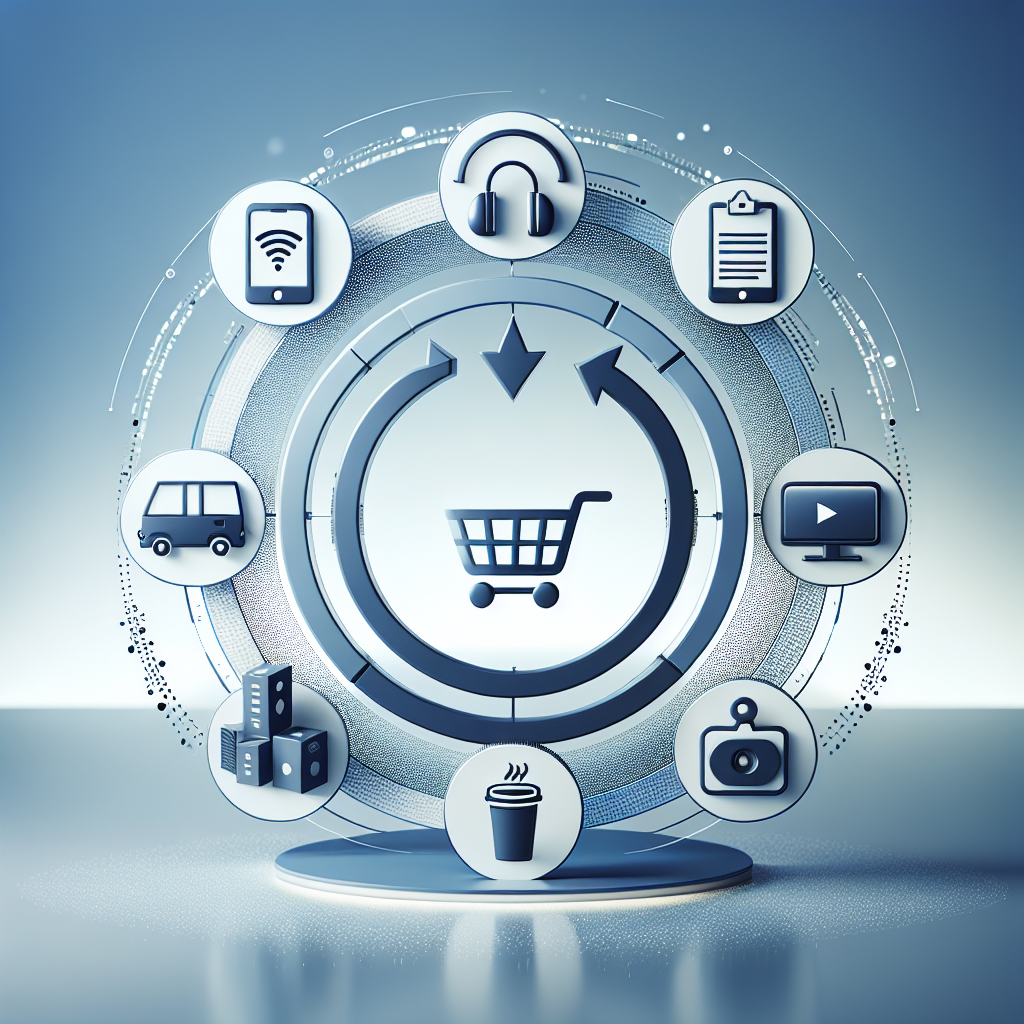Understanding the Shift to Subscription Models
The proliferation of subscription models across various sectors marks a significant shift in how companies offer products and services. This business model, where customers pay a recurring price at regular intervals to access a product or service, is becoming ubiquitous. From streaming services like Netflix to software providers such as Adobe, and even to sectors like groceries and personal care, subscription models are redefining consumption patterns.
Why Subscription Models Are Gaining Popularity
Subscription models offer a predictable revenue stream for businesses, which is invaluable for planning and stability. For customers, the appeal lies in the convenience and often lower upfront costs. According to a report by McKinsey, the subscription e-commerce market has grown by over 100% a year over the past five years. The ease of use, personalized experiences, and flexibility are key drivers behind this growth.
Impact on Different Industries
In the software industry, companies have largely transitioned from one-time purchases to subscription-based models, enhancing their ability to update and improve their offerings continuously. Adobe, for example, switched to a subscription model in 2013, which resulted in a significant increase in their market reach and revenue stability. The company reported a dramatic increase in their stock price and customer base post-transition.
Similarly, the entertainment industry has been revolutionized by subscription services. Platforms like Netflix and Spotify have changed how people access and pay for media. This shift not only affects how companies operate but also how content is produced, with a focus on long-term customer engagement over single-sale metrics.
Even traditional sectors like automotive and groceries are experimenting with subscriptions. Companies like Volvo offer a subscription service where customers can access a car without the long-term commitment of ownership. Grocery delivery services like Blue Apron provide regular shipments of food at a set price, which includes meal kits designed around easing the burden of meal planning and shopping.
Challenges and Considerations
Despite its benefits, the subscription model isn’t without challenges. Customer retention is a major issue, as the market becomes saturated and consumers face subscription fatigue. Businesses must continually innovate and offer exceptional value to prevent high churn rates. Additionally, there are concerns about the environmental impact of increased shipping and packaging, particularly with product-based subscriptions.
From a regulatory perspective, governments are starting to pay more attention to how subscriptions are marketed, with a focus on making terms clear and making cancellations straightforward. This consumer protection is essential for maintaining trust in the subscription economy.
Future Prospects
As technology advances and consumer preferences evolve, subscription models are likely to penetrate further into new industries. Companies will need to balance innovation with responsibility, ensuring they provide genuine value while addressing ethical and environmental concerns associated with their models.


